Emergence of New Mining Projects
The emergence of new mining projects is a significant driver for the Gold Smelting Market. As exploration and extraction technologies improve, more gold deposits are being discovered and developed. In 2025, several new mining projects are expected to come online, contributing to an increase in gold production. This influx of newly mined gold will require efficient smelting processes to refine the raw material into usable forms. The anticipated rise in gold supply from these projects could lead to a corresponding increase in demand for smelting services, thereby enhancing the growth prospects of the Gold Smelting Market. Mining companies are likely to seek partnerships with smelting facilities to ensure the effective processing of their gold output.
Growing Demand for Gold in Electronics
The increasing demand for gold in the electronics sector is a notable driver for the Gold Smelting Market. Gold is a critical component in various electronic devices, including smartphones, computers, and other consumer electronics. As technology advances, the need for high-quality materials in electronics continues to rise. In 2025, the electronics industry is projected to consume approximately 10% of the total gold supply, which translates to a significant volume of gold requiring smelting. This trend indicates a robust market for gold smelting services, as manufacturers seek to ensure the purity and quality of gold used in their products. Consequently, the Gold Smelting Market is likely to experience growth driven by the electronics sector's insatiable appetite for gold.
Investment in Gold as a Safe Haven Asset
The perception of gold as a safe haven asset during economic uncertainty is a crucial factor influencing the Gold Smelting Market. Investors often turn to gold during times of financial instability, leading to increased demand for gold smelting services. In recent years, gold prices have shown resilience, with fluctuations indicating a potential rise in investment interest. In 2025, it is anticipated that gold will continue to attract investors, with a projected increase in gold purchases for investment purposes. This trend not only boosts the demand for gold but also necessitates efficient smelting processes to ensure the quality of the gold being traded. Thus, the Gold Smelting Market stands to benefit from this investment-driven demand.
Regulatory Changes Favoring Smelting Operations
Regulatory changes that favor smelting operations can significantly impact the Gold Smelting Market. Governments are increasingly recognizing the importance of refining and smelting processes in the value chain of gold production. In 2025, several regions are expected to implement policies that streamline the permitting process for smelting operations, thereby encouraging investment in this sector. These regulatory shifts may lead to the establishment of new smelting facilities, enhancing capacity and efficiency. As smelting operations become more accessible, the Gold Smelting Market is likely to see an uptick in activity, driven by both domestic and international players seeking to capitalize on favorable conditions.
Technological Innovations in Smelting Techniques
Technological innovations in smelting techniques are poised to transform the Gold Smelting Market. Advances in smelting technology, such as the development of more efficient furnaces and environmentally friendly processes, are becoming increasingly prevalent. In 2025, the adoption of these innovations is expected to enhance the efficiency and sustainability of gold smelting operations. Improved technologies can lead to reduced energy consumption and lower emissions, aligning with global sustainability goals. As smelting facilities adopt these cutting-edge techniques, they may experience cost savings and improved output quality. This trend suggests that the Gold Smelting Market will not only grow but also evolve in response to technological advancements.


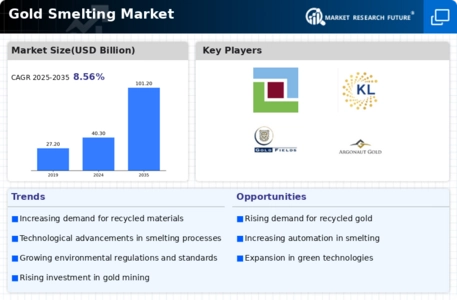
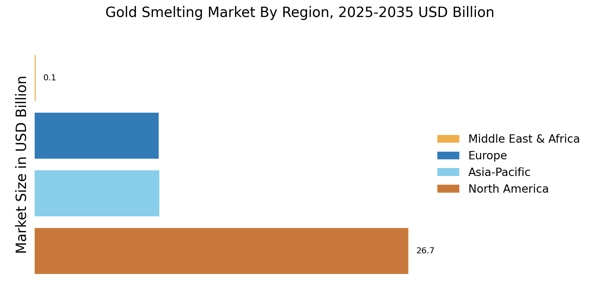
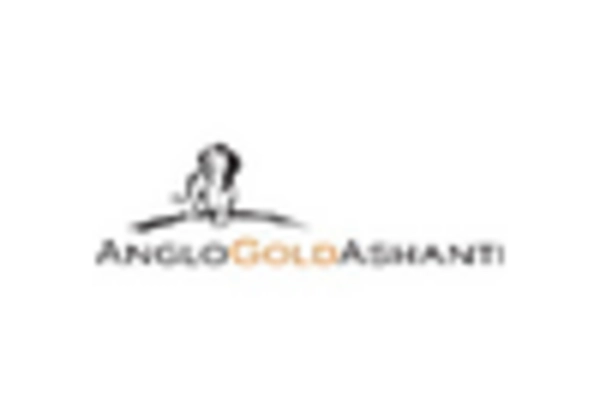
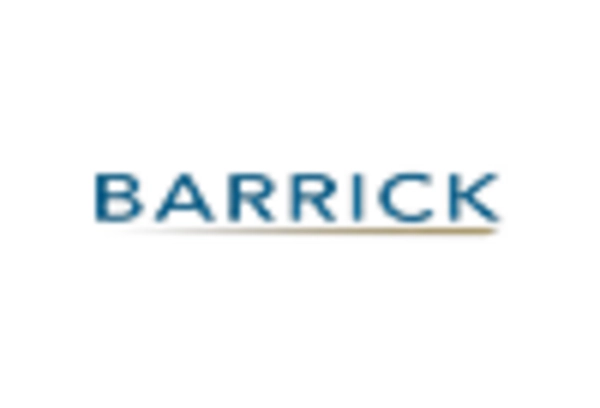
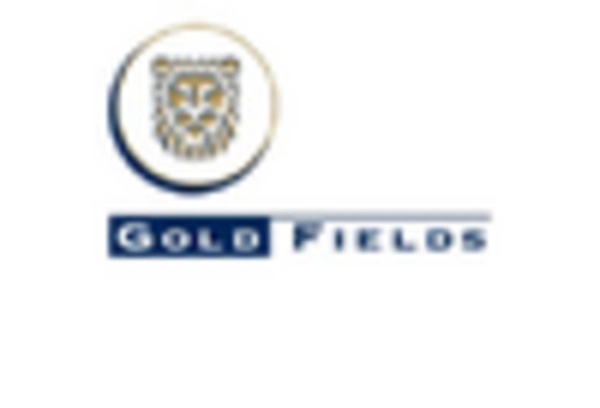
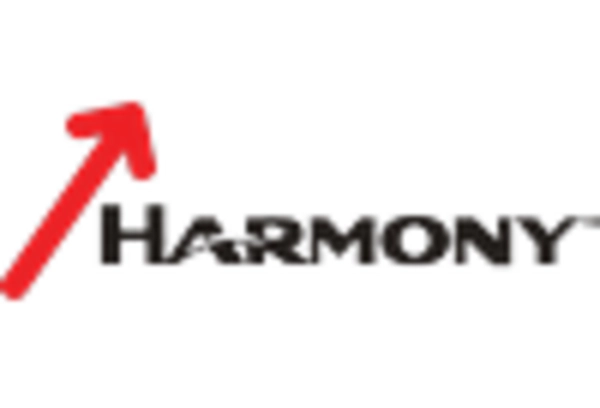
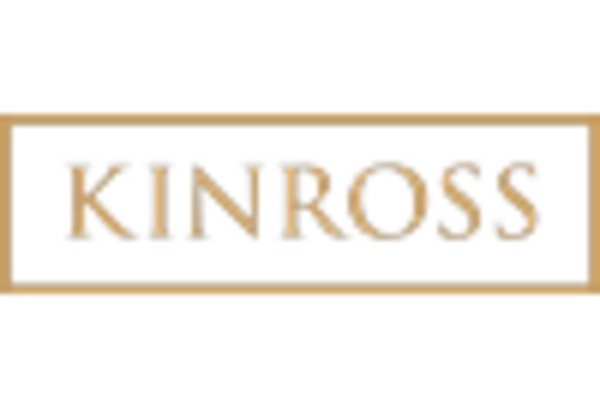
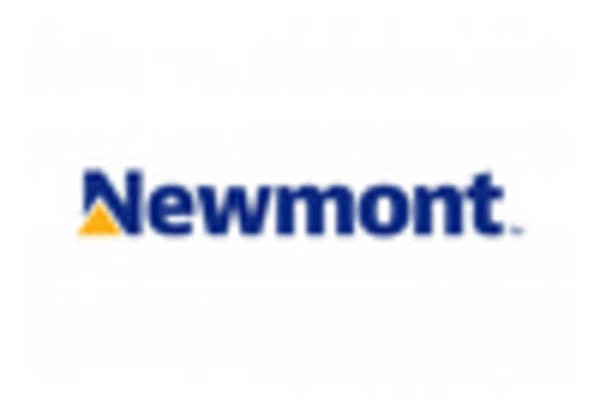








Leave a Comment